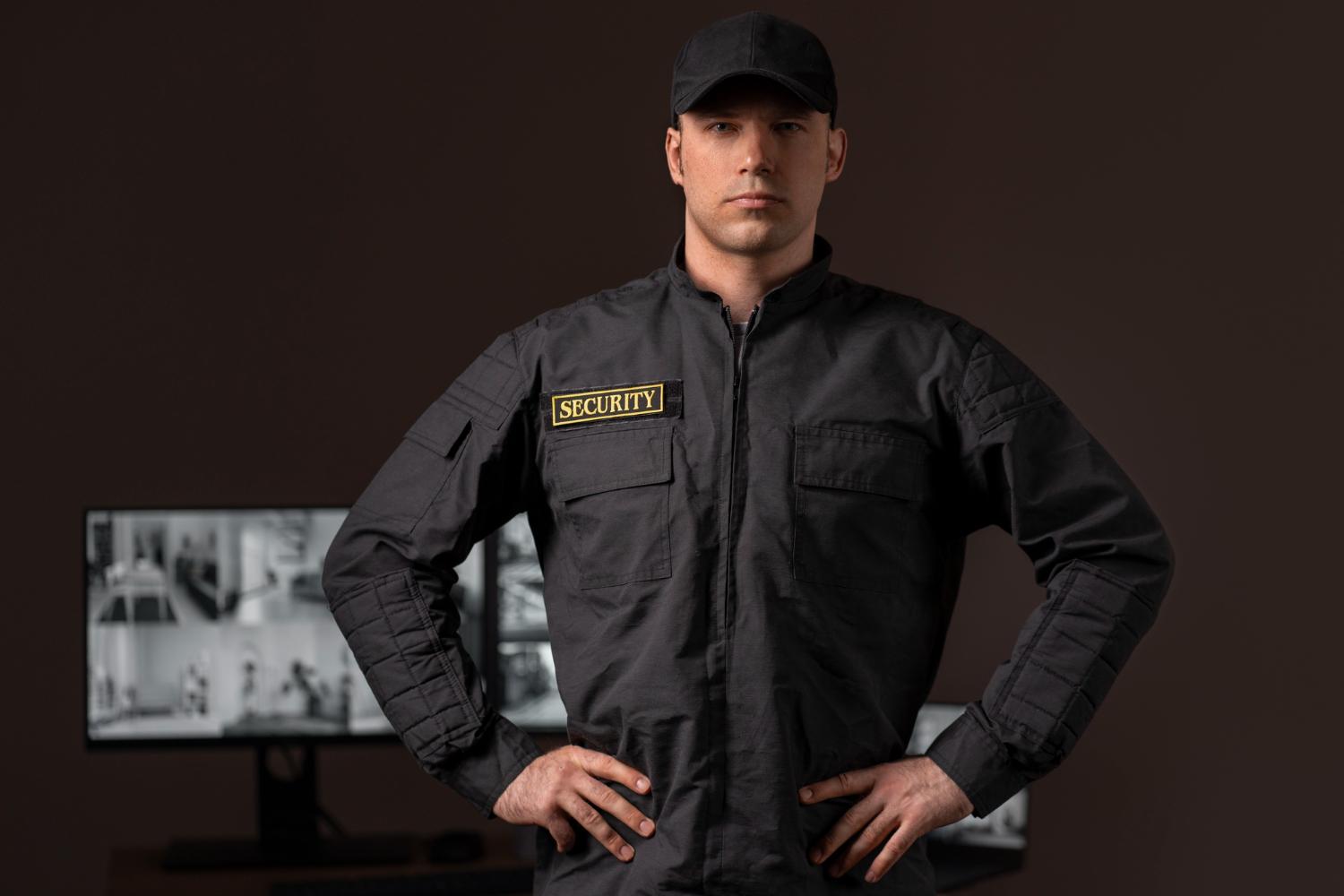Private spaces, including corporate offices, residential complexes, retail stores, and educational institutions, are increasingly adopting security measures to protect people, property, and assets. While technology like CCTV cameras, alarms, and access control systems plays a significant role, the human element of security remains irreplaceable. Unarmed Security Guard Services embody the principles of community policing in private spaces, offering a proactive, approachable, and subtle approach to safety.
This article explores how unarmed security personnel implement community policing concepts, the benefits of their presence, and why their role is becoming indispensable in modern private spaces.
Understanding Community Policing in Private Spaces
Community policing traditionally refers to law enforcement strategies that focus on building relationships between police officers and communities to prevent crime and enhance public trust. This concept, when applied to private spaces, involves security personnel actively engaging with employees, residents, visitors, or customers, rather than merely monitoring or enforcing rules.
Unarmed Security Guard Services in private spaces embody this approach by:
- Being visible and approachable without intimidating occupants.
- Encouraging compliance with safety protocols through guidance rather than force.
- Acting as a point of contact for concerns, feedback, or suspicious activity.
This model transforms security from a purely reactive function into a proactive community-oriented service.
The Role of Unarmed Security Guards in Private Spaces
Unarmed security guards in private spaces are more than just monitors—they are community facilitators. Their responsibilities include:
- Building Trust and Approachability
Unlike armed guards, unarmed personnel provide safety without creating a sense of threat. They encourage residents, employees, and visitors to engage with them, report concerns, and follow safety protocols willingly. - Observation and Risk Prevention
By actively patrolling and interacting with people, unarmed guards can identify unusual behavior or risks before they escalate. Their presence alone often deters theft, vandalism, or misconduct. - Conflict Resolution
Unarmed security personnel are trained in de-escalation techniques. They manage disputes calmly and professionally, reducing the need for aggressive interventions. - Emergency Assistance
In emergencies such as medical incidents, fire, or evacuation, unarmed guards provide guidance, coordination, and support, ensuring safety while maintaining order. - Supporting Technology
While surveillance cameras and alarms detect irregularities, unarmed security guards interpret and act on this information in real time, making security systems more effective.
Benefits of Community-Oriented Unarmed Security
The subtle power of unarmed security lies in its ability to combine safety with community engagement. Key benefits include:
- Enhanced Sense of Safety
Occupants feel secure knowing there is a visible, approachable presence ready to assist if needed. - Proactive Risk Management
Continuous observation and interaction allow guards to prevent incidents before they occur. - Positive Workplace or Residential Culture
Friendly, professional guards contribute to a welcoming environment, improving morale and satisfaction. - Cost-Effective Security Solution
Unarmed security services offer a practical and flexible solution for private spaces that require protection without the intimidation factor of armed personnel.
Implementing Community Policing Strategies
To maximize the benefits of unarmed security in private spaces, organizations should adopt community policing principles:
- Training and Development
Guards should receive training in communication, conflict resolution, and emergency response, alongside traditional security skills. - Active Engagement
Security personnel should regularly interact with occupants, providing guidance and building relationships. - Feedback Systems
Implement channels for occupants to report concerns or provide suggestions, allowing security teams to adjust their approach. - Integration with Technology
Use surveillance and alarm systems in conjunction with human monitoring to create a responsive, multi-layered security strategy.
Applications Across Different Private Spaces
- Corporate Offices
Unarmed guards manage access control, monitor activity, and maintain a friendly presence that fosters a productive and safe work environment. - Residential Complexes
Residents feel secure without feeling intimidated, as guards patrol premises, monitor common areas, and provide assistance when needed. - Retail Spaces
Guards deter theft and misconduct while interacting positively with customers, maintaining a safe and welcoming shopping environment. - Educational Institutions
Schools and universities benefit from unarmed security that monitors campuses, guides students, and ensures compliance with safety rules while remaining approachable.
Conclusion
The concept of community policing in private spaces highlights the subtle yet powerful impact of Unarmed Security Guard Services. By combining human vigilance, proactive engagement, and professional conduct, unarmed security personnel create safe, welcoming, and well-managed environments.
Their approach goes beyond surveillance and enforcement, focusing on trust, prevention, and positive interaction. As private spaces continue to evolve, the role of unarmed security in fostering community-oriented safety will remain invaluable, proving that protection does not always require force—sometimes, it’s the subtle presence of trained professionals that makes all the difference.

